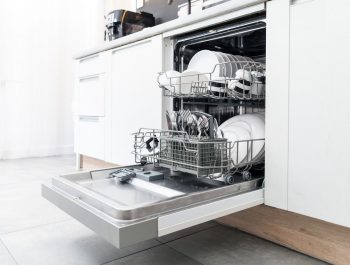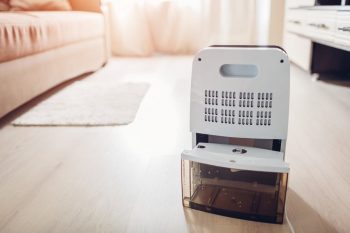
A power outage is an emergency that can happen at any time. The best thing is to have a plan and always be prepared for it.
The most disturbing thing in a power outage is the safety of your food in the fridge.
Things like dairy, meats, and vegetables are perishables and require precaution to keep them fresh.
The most important way to keep your fridge cold during a power outage is to close the door.
According to the U.S. Department of Agriculture, a closed fridge remains cold for four hours, while a freezer can maintain its temperature for 24 to 48 hours, depending on the items in the freezer.
If you constantly open the door, it will allow the hot air to enter inside.
The fridge will start lowering the temperature of the newly entered air resulting in the quick melting of the ice.
Are you looking for some more foolproof ways to protect your food? Read further as we educate you about some tips to keep your fridge cold during a power outage.
We will also share a list of perishable food items for your guidance.
10 Ways To Keep Your Fridge Cold During a Power Outage
Power outages can happen due to several reasons. Sometimes it is expected, and people are informed beforehand about the time and duration to let them prepare.
If that is the case, you can organize your fridge and save food from decay.
Sometimes power outages happen unexpectedly for unknown time limits. It can be stressful for you as you need to think about quick ways to make things work.
Don’t worry; we have covered tips for all such situations to help you easily protect your food and fridge.
1. Keep Extra Ice

Placing extra ice inside the fridge is the best way to keep it cold during a power outage.
It will help keep the temperature cooler for a longer time. The more your fridge stays cool, the better your food is protected.
If you already know about the power outage, it is best to freeze water bottles and ice cube trays beforehand.
You can buy an extra bag of ice for sudden emergencies and use it.
2. Keep the Food in Groups

It would help if you kept the mass of the food in the fridge according to the space available.
It is good to group your food and freeze it to avoid empty spaces between them. The more packed your freezer is, the longer it will stay cool.
When you open the fridge door, the mass of the frozen food helps keep the fridge cold, and the unit doesn’t have to put much effort into cooling the empty spaces.
Ideally, a deep freezer that is 75% full will keep your food cold for 2-3 days, depending on the insulation and the ambient temperature.
3. Use Gel Pads
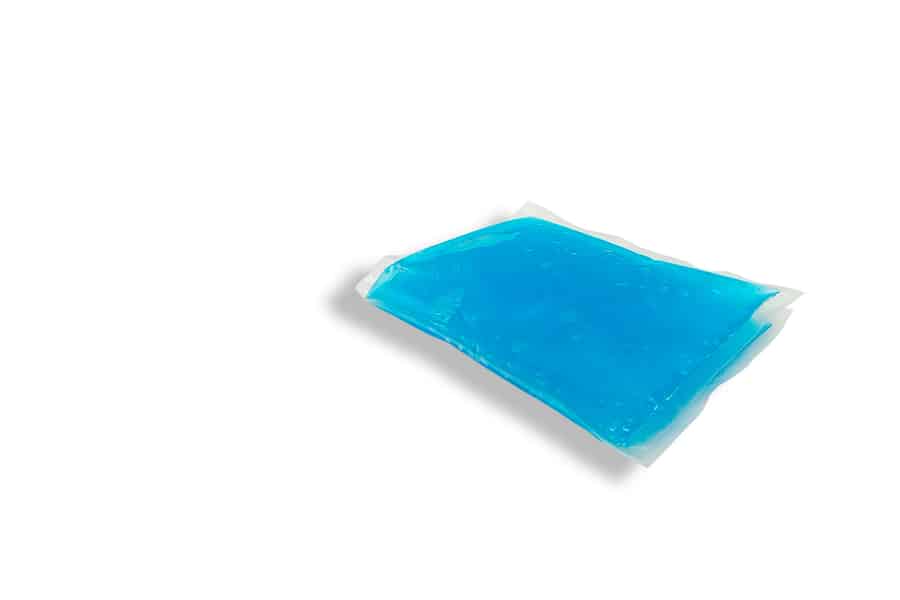
Gel pads are medical-grade products for cold therapy for sports injuries and muscle strain.
These pads are made of silicone or soy. Research shows gel pads are more effective than ice; their freezing time is approximately 36 hours, almost 3 times higher than ice.
You can keep gel pads inside your freezer to keep it cold for longer.
Are you wondering about the suitable temperature for food items and how to know if they are soiled?
Check out this helpful like by Food Safety for your guidance.
4. Line Your Freezer With Aluminum Foil

We know it seems tedious, but it is worth it. Aluminum is a good insulator that helps reflect the heat and light from your freezer resulting in a cooler temperature for a longer time.
You can also use thermal bubble wrap to keep the cold air in and the hot air out of your freezer.
5. Keep the Door Closed

As mentioned earlier, the best way to keep your fridge cooler for a long time is to keep it closed.
Before the power outage, please take out the things you need for the day and store them in a portable cooler so that you do not need to open the freezer again and again.
Furthermore, you can utilize shelf-safe food items to keep your fridge closed for longer.
It requires more planning but is one of the most effective ways to keep your perishable food fresh.
6. Shift Food From Fridge to Freezer
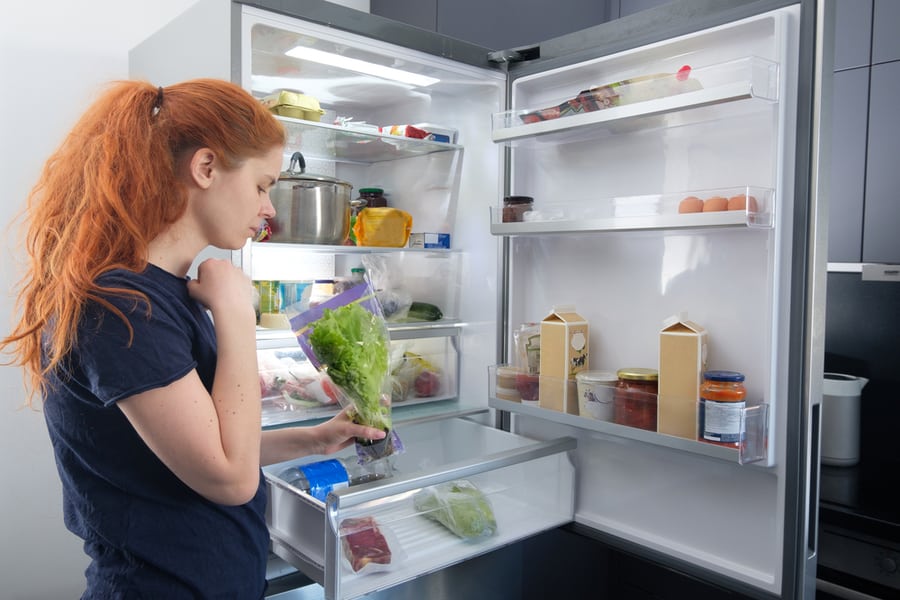
After a few hours of a power outage, if you feel your food items like dairy can go bad, transfer them to the freezer, as it can keep them fresh for a long time.
It is also better to consume perishable times first and utilize them during the initial hours of a power outage.
7. Use Styrofoam for Packing
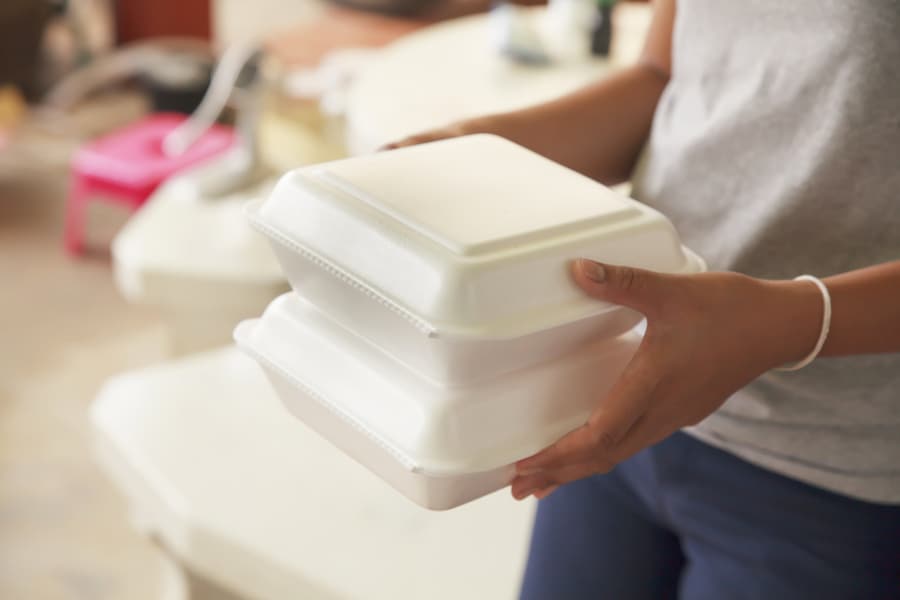
Styrofoam is the best insulator that prevents ice from melting quickly.
You can place your food items or a block of ice wrapped in styrofoam inside your fridge to keep it cold for longer.
Remove the material once you have the power back, as prolonged contact of styrofoam with your food can also be hazardous to health.
Always keep a thermometer in the fridge to know the exact temperature. Ideally, your fridge is doing well if the temperature is below 40F and 0 F for a freezer.
8. Insulate Your Fridge

You can cover your fridge with a blanket, sleeping bag, or other insulating material.
Place towels between the fridge and floor spaces to keep the cold air trapped inside the refrigerator.
You can pre-plan and take out food for the whole day beforehand so the fridge can stay insulated for a long time.
9. Use an Inverter

Using an inverter is the way to go if the power outage has extended 2-4 days and your food is at risk of decaying.
With the help of an inverter, you can convert automobile energy into electricity to run your refrigerator.
All you need is a high-power inverter and an extension cord connecting the inverter to your vehicle and the fridge.
You only need to run your car and the inverter until your fridge cools down, and you are good to go for 24 hours.
10. Gasoline Powered Generator
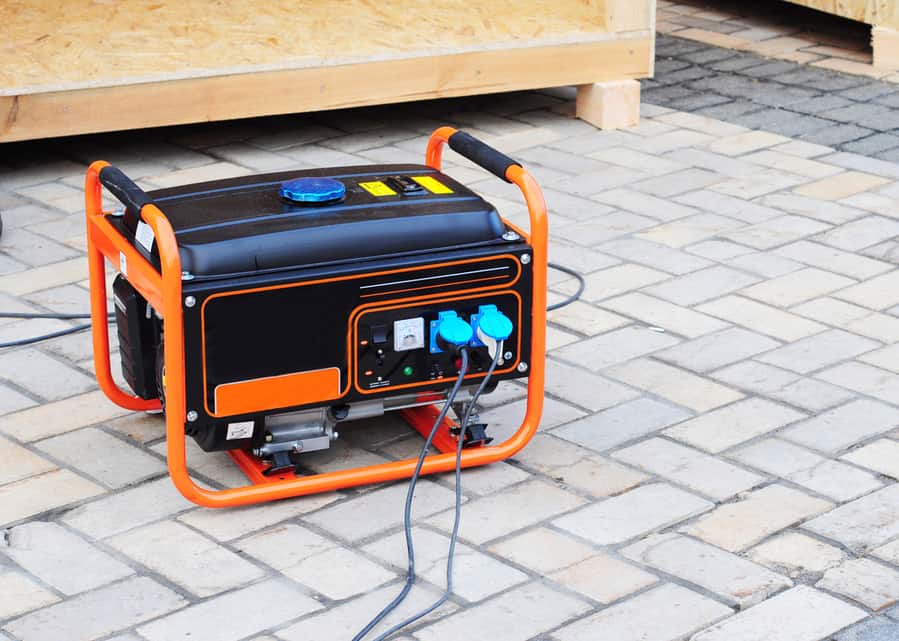
A generator might be a good idea if you live in a place with frequent power outages. Gasoline power generators can keep your fridge working during emergencies.
You need to refuel it occasionally and maintain it to ensure its efficiency.
Fridges with energy-saving settings do not require a lot of power, and your generator can be an excellent way to keep it on without worrying about food decay.
Takeaway
If you are well prepared for emergencies like power outages, keeping your fridge cold for a long time is not a problem.
A few helpful ways can keep your food safe and protected.
Even after all the precautions, keep an eye on each food item. If you smell a foul odor or change in texture, immediately throw the food item away.




